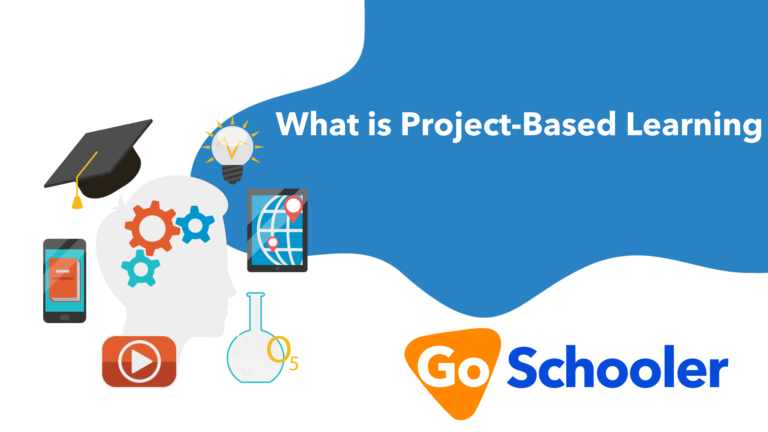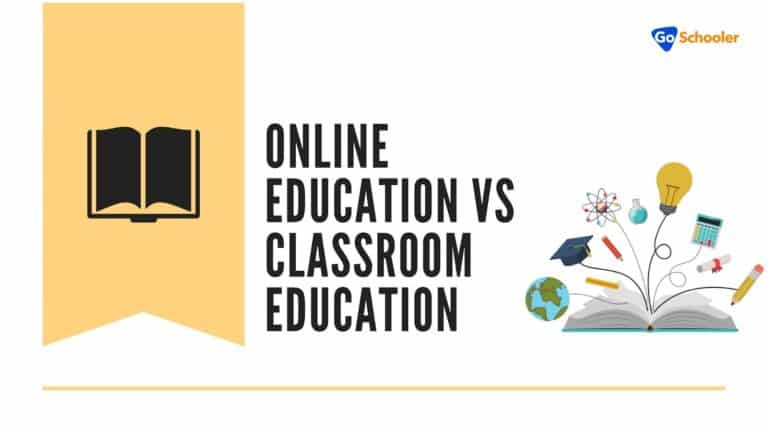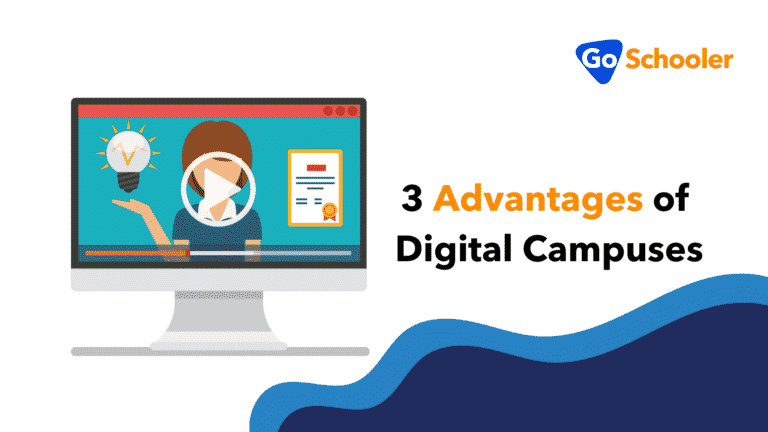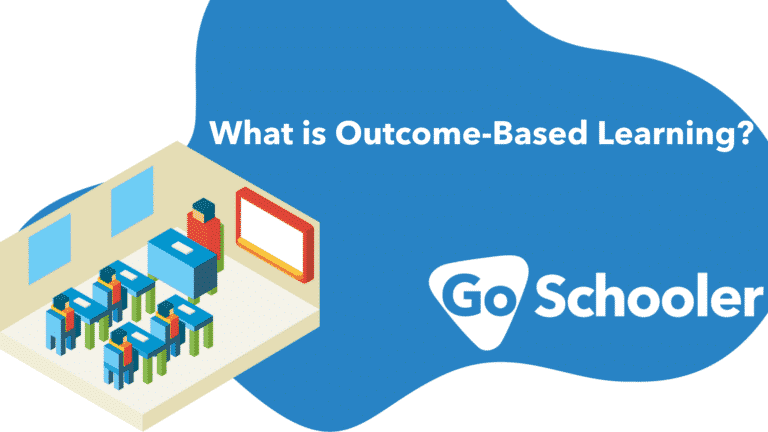Education has always been an integral part of one’s growth and development. That is why efforts to upscale and improve the learning processes will always be there.
In traditional settings, children are assessed and evaluated based on the time spent in school. They are evaluated depending on the vastness of things they can remember. However, this kind of assessment lacks practical application.
These kinds of settings do not support personalized learning, thus, creating bigger disadvantages for some children. It fails to acknowledge the complex skills of students because they are hindered by traditional standards.
That is why competency-based instruction or education is made. First, let us define competency.
What do we really evaluate when we are applying competency-based instruction? During the transition, competency can be derived from the results of traditional programs. However, these results are those that are needed to meet the old standards and, basically, to graduate.
Competency in this new method refers to the application aspect of these results or outcomes. One’s competencies should be measurable because they can be applied as skills in real-world settings. This method of education does not depend on what the student can write in a time-constraint period. It focuses on how children can apply the learning in solving and addressing things in real-life applications.
Defining Competency-Based Instruction
The definition of competency-based instruction has changed over time. Below, we will highlight these changes.
In 2011
- Students are allowed to progress when they show mastery of the skills.
- Competency standards include explicit, measurable, and transferable learning objectives that can empower students.
- Assessment of their progress must be meaningful. A positive learning experience must also be ensured.
- The support that they receive is personalized. They would be receiving timely, and differentiated instruction based on their timeline.
- Results are rooted in competencies that involve the application and creation of what they know. This also includes the development of valuable skills and dispositions.
In 2019
The definition of competency-based instruction has changed to further cater to the student’s capabilities. The changes aim to improve the results of this teaching method.
- Through competency-based instruction, students are encouraged daily to make decisions regarding their learning experiences. This includes methods of how they can create and apply knowledge. And how they can demonstrate or apply this learning.
- Still, assessment must be meaningful. It should be a positive and empowering learning experience for the pupils. And this should result in timely, relevant, and actionable results.
- Support and feedback should be timely and differentiated. It should still be based on their individual performance.
- Students must advance based on their results, not on how long they have spent in school.
- Students will be given the opportunity to learn in different pathways and different pacing.
- Efforts to ensure equity for all should be incorporated into the culture, structure, and pedagogy of these schools and learning systems.
- Lastly, expectations for learning are laid out, transparent, measurable, and transferable. The expectations refer to their knowledge and skills on the topic.
Advantages of the Competency-Based Instruction
Removes the Pressure
The main advantage of competency-based instruction or education is rooted in the fact that it gives students control. Students in this program will be allowed to work on their own pace. They take the time to understand things and process new learning, this allows them to improve retention.
This method also removes the synchronized evaluation of students. Learners who are under this method are evaluated and assessed when they are ready to demonstrate what they have mastered.
Flexibility
Since this method of learning is based on one’s skills, children who have been out of school can continue where they stopped. They wouldn’t be forced to sit in classes and listen to things that they have already mastered.
Traditional educational settings categorize children into ages and put them on different grade levels. However, what this method fails to consider is that the children, even those of the same age, do not have the same level of mastery of specific skills.
With competency-based instruction, educators can put children into phases that they have not yet mastered. This way, no time would be wasted and continuity of learning can be ensured,
Personalized Teaching
As mentioned, the competency-based instruction is focused on each student’s skills. So, the method of teaching is personalized. Even if children are of the same age, the teaching would be different if they are different skill masteries.
For example, two 8-year old boys could have different masteries on math equations. So, educators should not be giving them the same activities and assessments, these children will be assessed depending on what they can do or demonstrate at a given time.
Timely Support Given
As mentioned in the new definition of competency-based instruction, children are given timely support or help. Traditional settings lack in giving follow-up support to children as they are assessed as a group and on the schedule.
However, educators in this method of learning can address problems immediately. They will be able to determine aspects where children are lacking and things that are holding them back.
Preparation for the Real World
Once the education journey is finished, individuals should be able to apply their learnings in practical things. Traditional ways of teaching give limited opportunities for students to try and apply these things while they are still studying.
However, the competency-based instruction to education focuses on the practical applications of knowledge and skills. That is why children who are under this program are more likely to be prepared to do things once they are done.
FAQs
What is the difference between competency-based instruction and traditional method?
While the competency-based instruction or education assess children on how they demonstrate the mastery of these subjects.
Do children have the freedom to learn at their own pace?
Children have the freedom to be assessed when they are ready to demonstrate what they learned.
Major Points
The education system today is subjected to different changes. These changes are founded on the need to adapt to a progressing society.
One systemic change that is being applied in the education system today is competency-based instruction. This system changes how children are being taught and assessed. It gives equal opportunities and chances to students as they can start from where their current competency places them.
This type of educational approach is highly beneficial because it sets the children on equal footing. It also gives flexibility to learners by allowing them to study at their own pace and be assessed when they feel confident regarding their skills.







